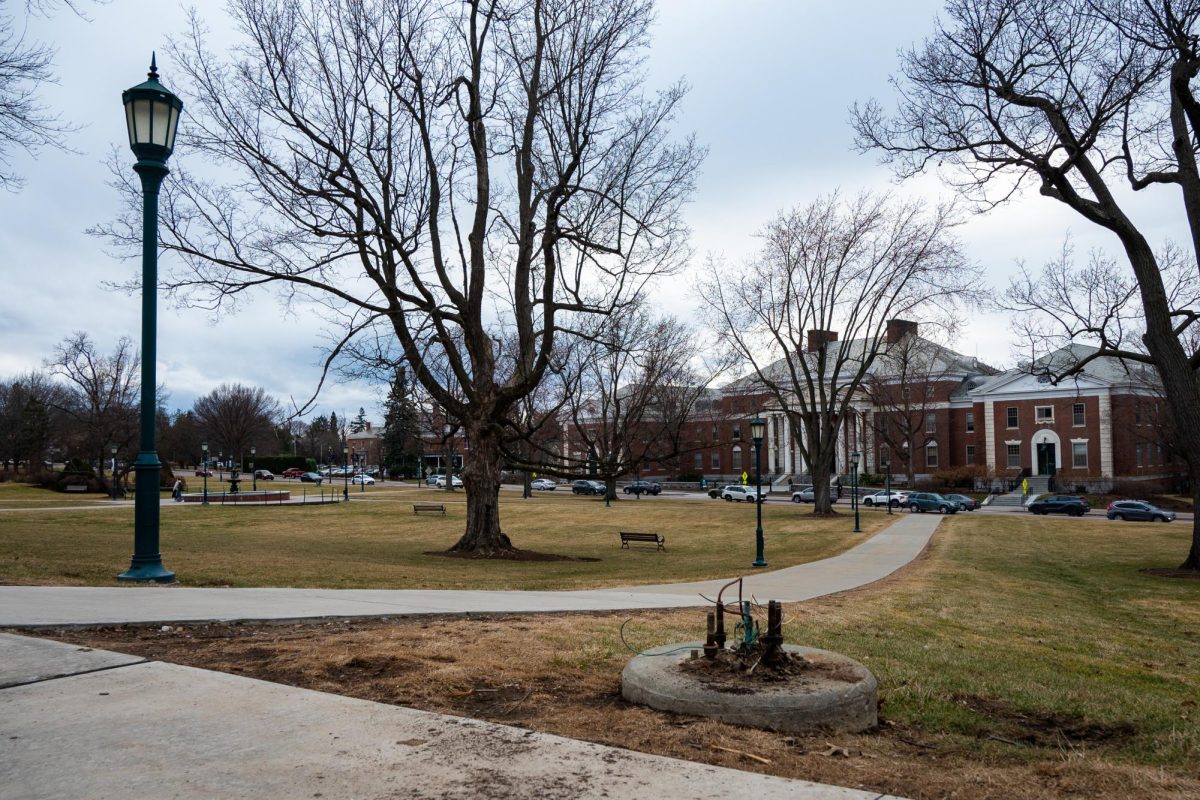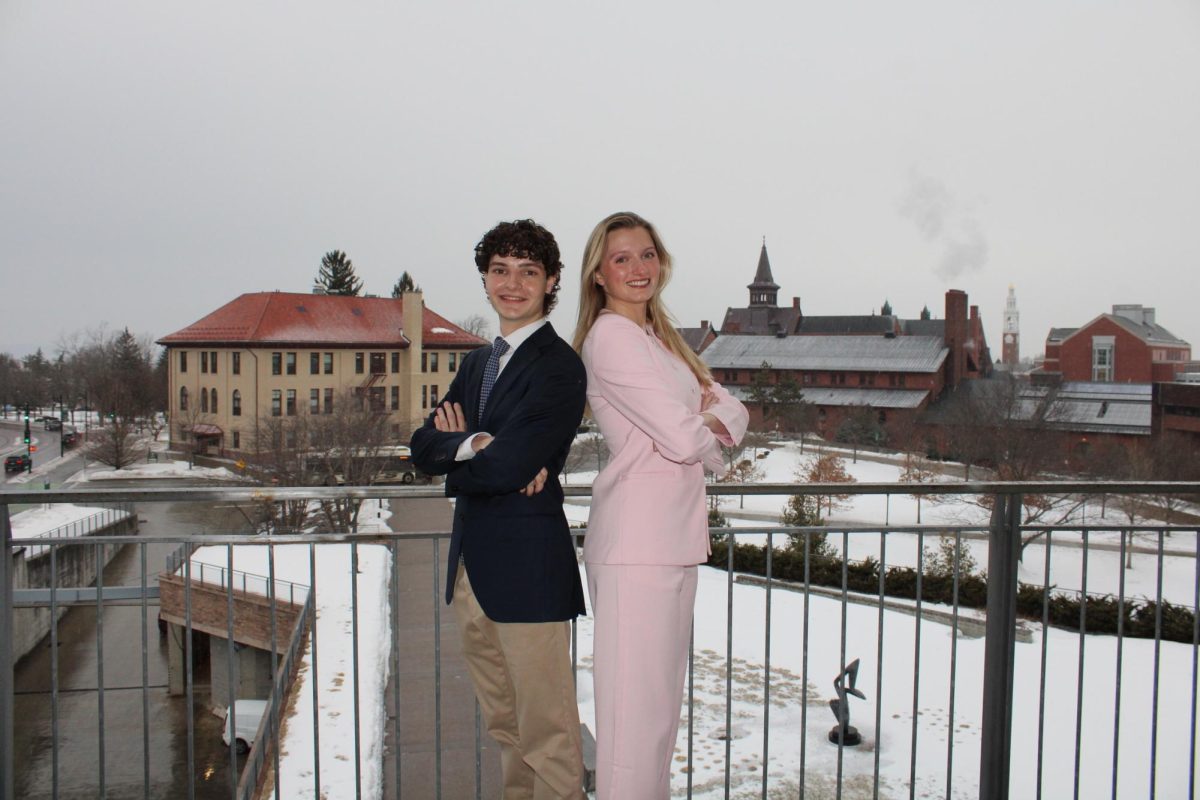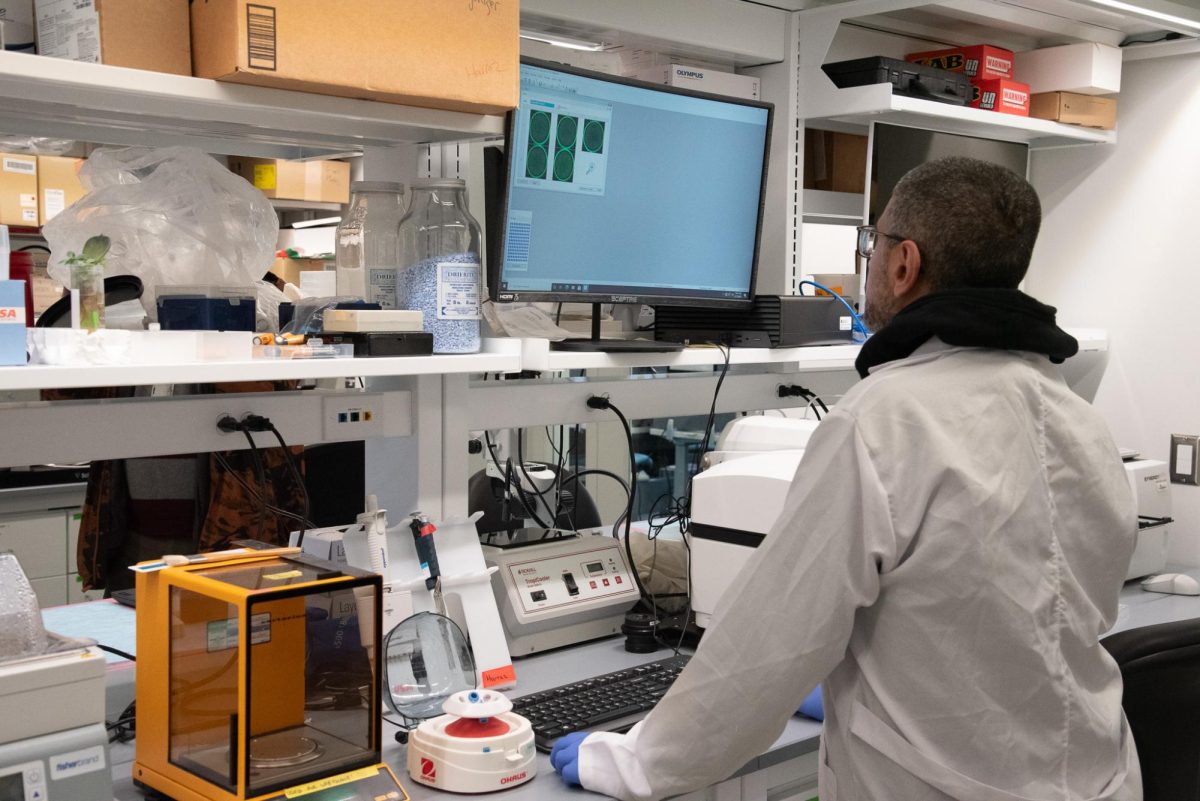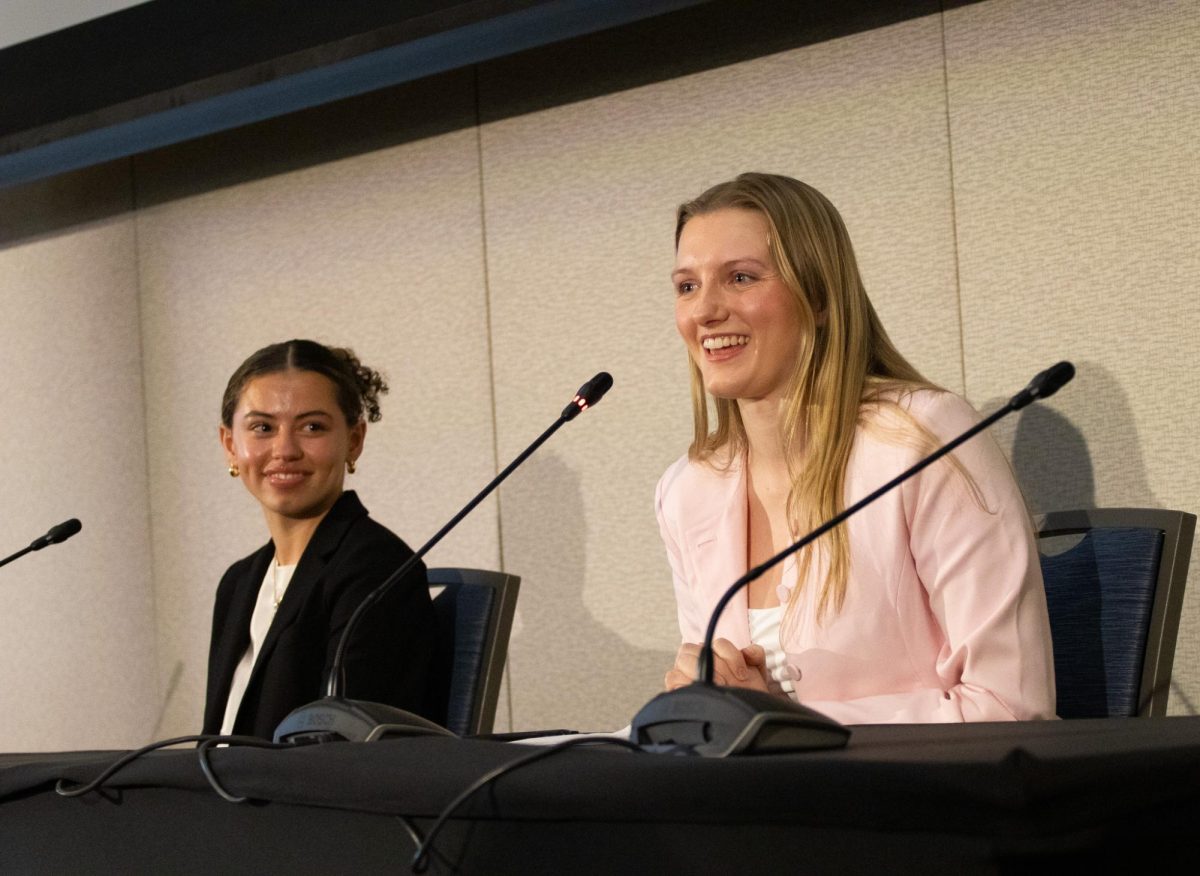A recent study released by UVM researchers has raised questions about the cause of algae blooms in Lake Champlain.
Algae blooms are projected to rise in the next decade, according to the Vermont Department of Health.
The toxic blue-green algae, or cyanobacteria, thrives under conditions with high amounts of phosphorous according to a 2014 study published in the Journal of Water Research.
Phosphorous loading, or the amount of phosphorus entering the lake, has long been a topic of concern for Lake Champlain conservationists according to the Lake Champlain Committee.
The Lake Champlain Committee is an organization that works in both Vermont and New York to protect the water quality and environment around Lake Champlain, according to the committee’s website.
Streambank erosion had been thought to be a significant factor in phosphorous pollution, along with common household chemicals like laundry detergent, dish soap and lawn fertilizers, according to the study.
In a paper published in the Journal of Environmental Quality, Don Ross, a professor in the department of plant and soil science, found evidence suggesting that streambank erosion does not play as large a role in phosphorus loading as previously thought.
Although the study found erosion from stream banks contributes 6 to 30 percent of total phosphorous in the lake, the study showed that soil along the banks had low phosphorous concentrations, which could indicate they are actually “sinks”.
Researchers also found that some of the phosphorous in the eroded soil was actually a different form and unusable to the blue-green algae, according to the study.
The study, written by lead author Eulaila Ishee and spearheaded by Ross along with graduate students Kerrie Garvey, Charlotte Ford and Rebecca Bourgault, now raises questions on how much phosphorous from erosion is available to the algae and also questions how much of an impact soil erosion really has on the blooms, according to the study’s abstract.
More research should be done on the relationship between phosphorus sources and the algae blooms, according to the study.
“The big, unanswered question is what forms of phosphorus are the most bioavailable and we need to worry about the most,” Ross said in an interview with the UVM Office of the Vice President for Research.
Ross received $140,000 in funding from the United States Geological Service and the Department of Agriculture to continue his work in two studies related to phosphorus transformations in waterways that lead into Lake Champlain, according to the UVM website.













